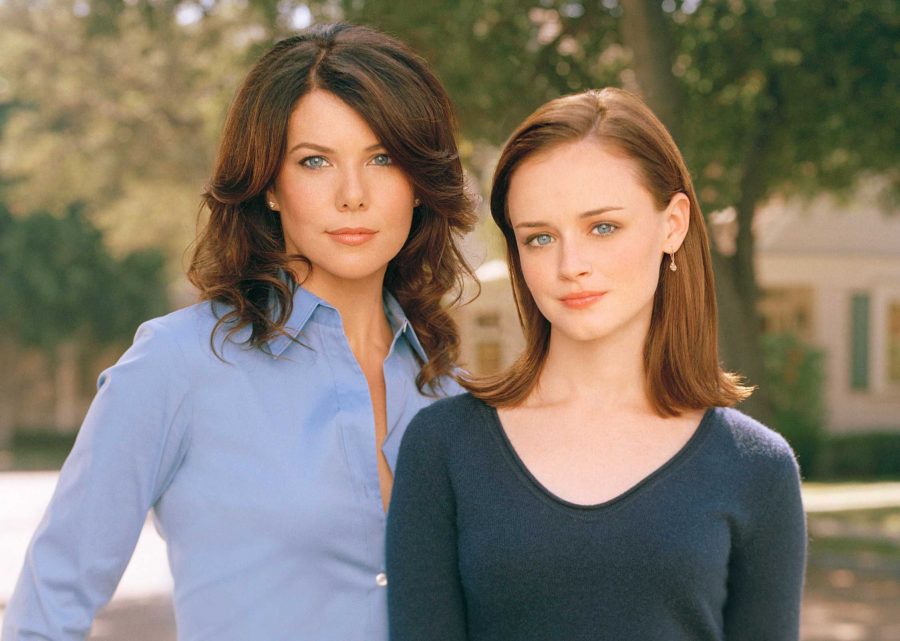By Laura Sanicola
I was a bit late to watching “Gilmore Girls: A Year in the Life,” but when I read Kevin Fallon write in the Daily Beast that “The ‘Gilmore Girls’ Revival Is Everything You Hoped It Would Be,” I watched. He was wrong.
The “Gilmore Girls” revival was everything I feared it would be.
For the past seven years, the immensely popular dramedy about three generations of women with vastly different relationships that aired on WB (then CW) was revered by fans of all ages for its zany characters and feminist “pull yourself up by your bootstraps” undertones.
But since its last season aired in 2007, the show’s most endearing characteristics, such as the fast talking mother daughter duo, the girls’ obsession with coffee, the town’s small town, quintessential feel and even certain lines (copper boom!) have been discussed and dissected to the point where they have become the commercialized.
The revival capitalized on that, and the result was an astonishingly uncomfortable four episodes that lacked the show’s original charm and ingenuity.
Amy Sherman-Palladino, the “Gilmore Girls” creator, seemed to be relishing in her half baked ideas that seemed to be stuck in a time vault for almost 10 years. None of the characters acted their ages — or like themselves, for that matter. Lorelai (Lauren Graham) remained single despite having lived with Luke (Scott Patterson) for an inferred nine years since the show’s end.
Luke, rehashing an old story line from the original series, is keeping secrets from Lorelai and mulling over an expansion of his diner franchise.
Rory (Alexis Bledel) is callously shacking up with her almost-husband Logan at the expense of her long term boyfriend and Logan’s fiance. At 32, her career is all but stagnated, and important career tips that she should have learned within the first few years on the job (do your research before an interview, no offer is below you, don’t sleep with a source) somehow mysteriously escapes her.
The redeeming character, as always, is Paris Geller, Rory’s competitive Chilton gal pal who runs a fertility company in Connecticut.
To characterize the 370 minutes I spent on the show watching a Netflix-created fan fiction would be a generous description. But most fans do not want to watch fan fiction.
We did not ask for a dizzying array of cameos, including a bafflingly irrelevant Rachael Ray depicted as a potential replacement for Lorelai’s long time pal Sookie.
We did not ask for an opening montage of phrases from the past seven years that have somehow not only become immortalized but have come to define the show.
We did not ask for your the dialogue to speed up twice as much just to prove the point that the show was about two girls who talk fast.
We did not ask for a series of emotionally manipulative scenes between Lorelai and her mother that seem to forget the seven years of progress the adversarial characters had made when the show aired.
We did not ask for the show to become a cliche of itself, for overly dramatic, drawn out scenes and unsatisfying “full circle” endings. But because Palladino was more concerned with capitalizing on its fandom instead of recreating an epilogue to an otherwise enjoyable series, this is what viewers got. It was unsatisfying.





































































































































































































